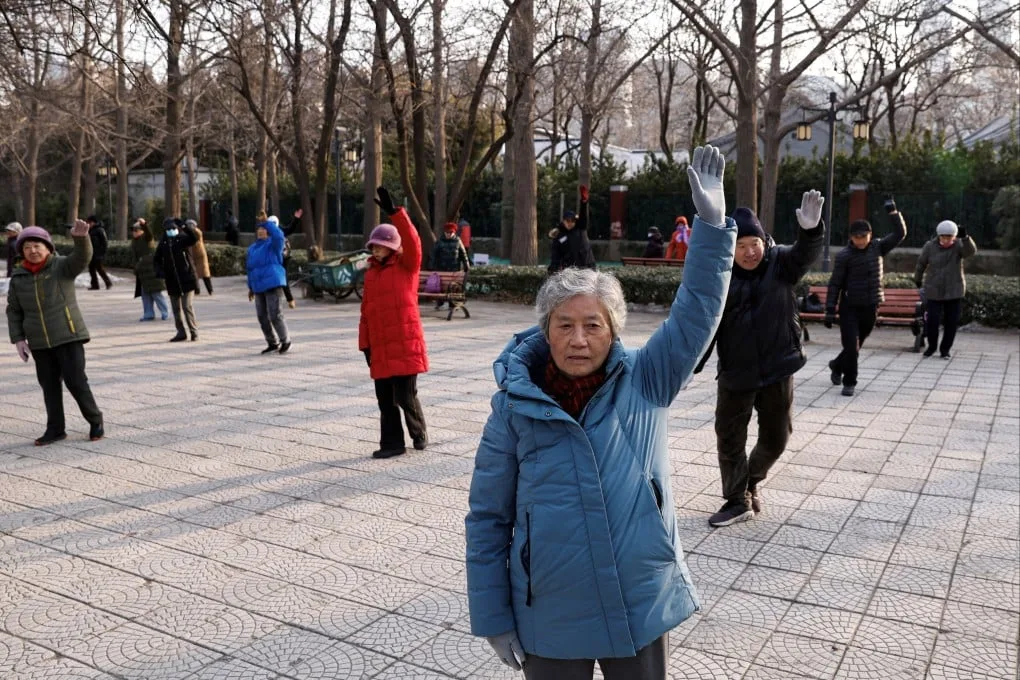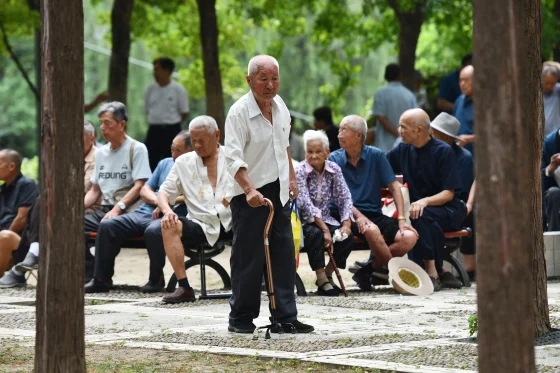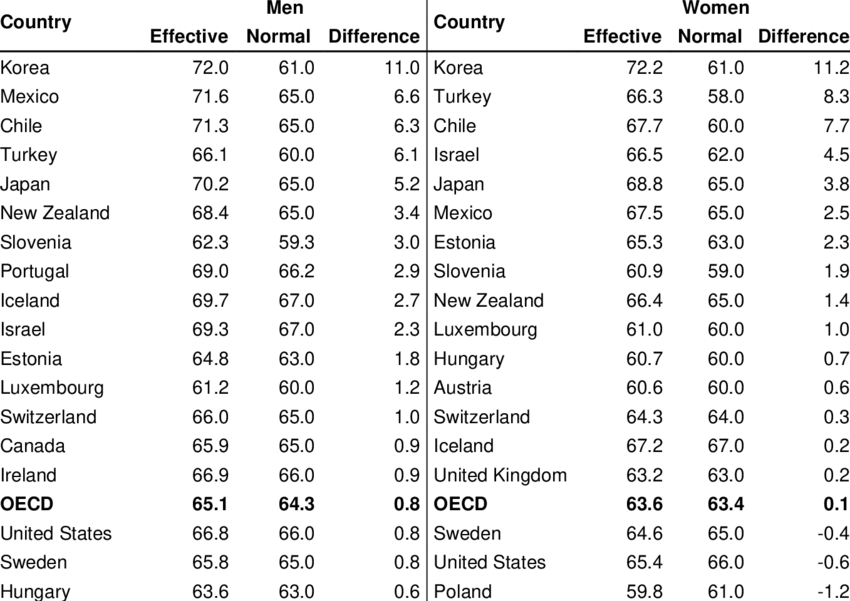China Retirement Age Raises: Analyzing Global Trends and Comparisons
China’s recent decision to gradually raise its retirement age, the first such adjustment since the 1950s, reflects the challenges posed by a rapidly aging population and a shrinking pension fund. The reforms, set to take effect in January 2025, will see the retirement age for blue-collar women rise from 50 to 55, for white-collar women from 55 to 58, and for men from 60 to 63.
This policy change is part of China’s strategy to address demographic and economic issues that have been exacerbated by decades of rapid development and the one-child policy.
Global Comparison of Retirement Ages
China’s move to raise its retirement age comes at a time when many developed countries have already made similar adjustments. For instance:
- United States: The full retirement age for Social Security is currently 66 or 67, depending on the year of birth. In the U.S., there are discussions about gradually increasing this age further as life expectancy rises.
- European Union: Many European countries, including Germany and the United Kingdom, have set retirement ages at 65 or older. In some nations like Italy and Denmark, the retirement age is tied to life expectancy, which could push the retirement age into the late 60s or even 70s in the coming decades.
- Japan: Faced with an even more severe demographic crisis than China, Japan has gradually raised its retirement age, with a target of 65. Japan’s labor force participation rate among older adults remains one of the highest globally.
Compared to these countries, China’s current retirement ages are among the lowest in the world. The gradual increase over the next 15 years reflects the need to adapt to longer life expectancy, now at 78.2 years, and a slowing economy.
Demographic and Economic Context
The changes come amid growing concerns about China’s rapidly aging population. By 2040, nearly one-third of China’s population will be over 60, according to the World Health Organization. This contrasts sharply with China’s historically young workforce, which fueled its economic boom in the late 20th century. Now, with its birth rate falling and life expectancy rising, China faces the difficult task of maintaining its pension system and healthcare for the elderly.
Globally, countries facing similar challenges are also grappling with pension sustainability. In the U.S., for example, the Social Security Trust Fund is projected to run out by 2034, necessitating reforms. Meanwhile, in Europe, countries are balancing the retirement age with labor market flexibility and immigration policies to supplement shrinking workforces.
Challenges and Public Reactions
The response to China’s announcement has been mixed. Many citizens are concerned about working longer in an economy where middle-aged workers already face pay cuts and layoffs. This reaction is not unique to China. In France, proposals to raise the retirement age from 62 to 64 in 2023 led to widespread protests, while in the U.S., there is ongoing debate about increasing the Social Security age in the face of economic inequalities and longer working lives.
Additionally, China’s pension fund is projected to run out by 2035, underscoring the urgency of reform. This is a familiar concern across the globe, as aging populations put pressure on social security systems. In Germany, for example, the pension system has been undergoing reforms for years, linking benefits more closely to individual contributions.
Global Workforce and Aging
Globally, workforce participation among older adults is rising, particularly in countries like Japan and South Korea, where economic necessity and longer life expectancy have led to the gradual extension of working lives. In the U.S., the participation rate among people aged 65 and older has also increased, reaching nearly 20% in 2021, up from 12% in 1990. As more countries raise retirement ages, global labor markets will need to adjust to accommodate older workers, ensuring that industries and social support systems can cope with an aging workforce.
Conclusion
China’s decision to raise the retirement age marks a significant step in addressing the demographic shifts and economic pressures the country faces. While this move aligns with global trends, it also highlights the challenges that many nations face in balancing an aging population with the need for sustainable pension systems. As China navigates these changes, its approach will serve as a key case study for other countries grappling with similar issues.
The global conversation about retirement will likely continue to evolve, as more countries seek solutions to the growing strain on social welfare programs while adapting to changing demographic realities.





